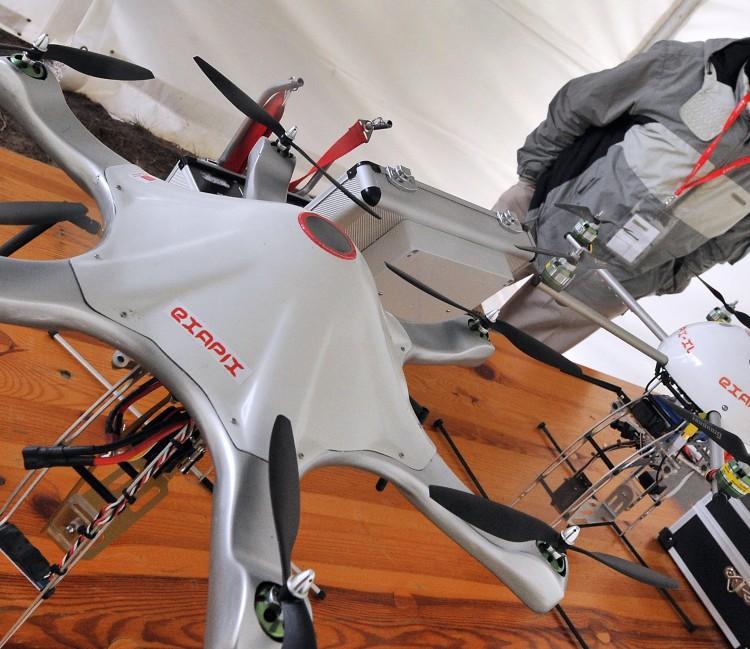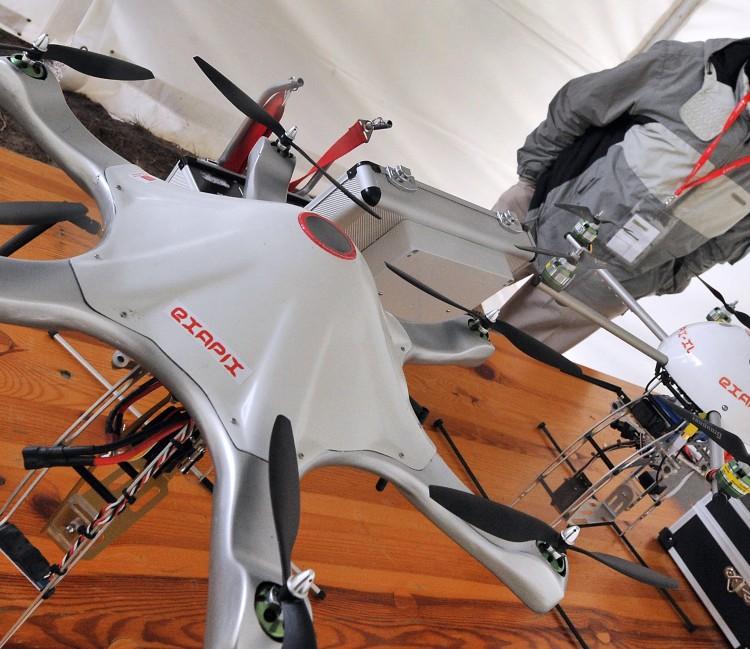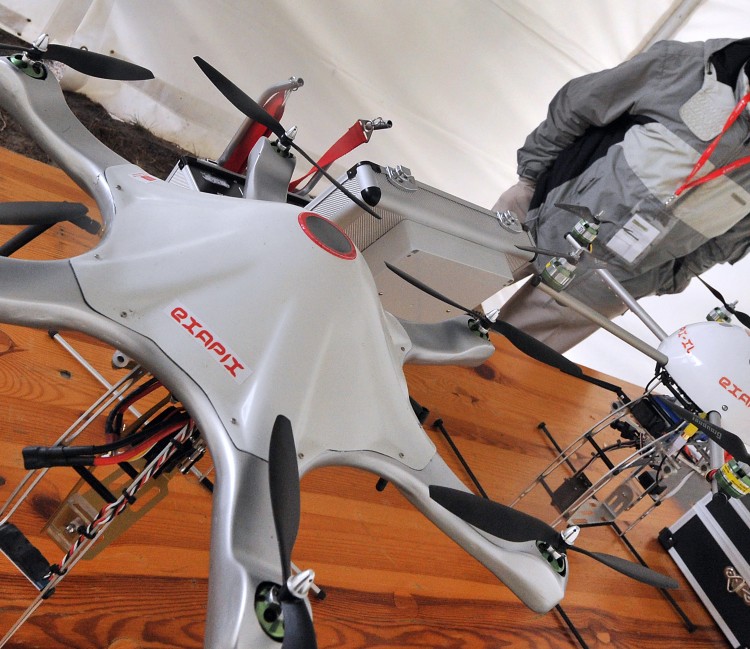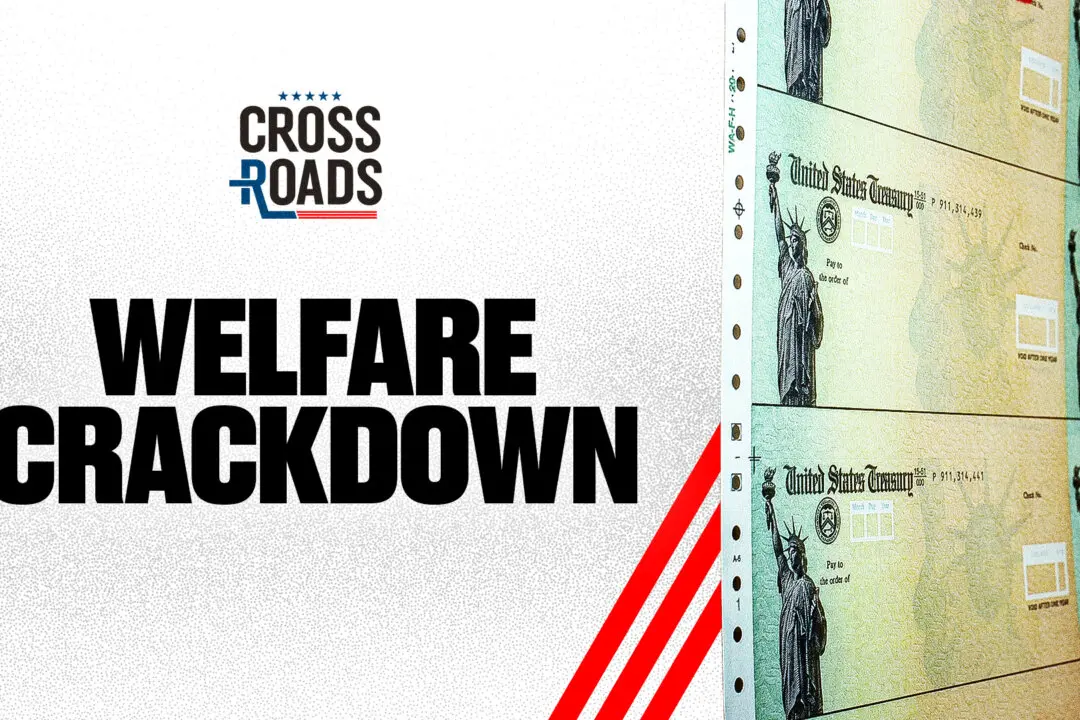Imagine taking a trip to the beach on a nice, sunny day. You lay a towel out on the sand, lie down under the warm sun, and suddenly you hear a loud buzz like a horde of bees hovering overhead. You look up and see a small, unmanned aircraft hanging in the air with a banner hanging below it advertising a new brand of soda. It stays there for nearly two hours, its engines buzzing all the while.
Imagine that your cousin was recently in a film, and you are holding a family picnic in your backyard to celebrate. A local magazine catches wind of this and sends over a drone, which flies above your party and hangs in the air to snap photos of you.
The above scenarios are real concerns detailed in a recent report from the Congressional Research Service (CRS), since under current U.S. laws regarding the use of unmanned aerial vehicles, often called drones, there is little preventing these situations from happening.
Like it or not, domestic drones are already entering national airspace, and interest in the vehicles stretches beyond law enforcement and homeland security. Since aerial drones are available to the public, businesses, the paparazzi, and marketing firms may soon have their hands on them.
With widespread use of drones on our doorstep, however, there are few laws governing their use. By law, any drone flying higher than 400 feet needs permission from the Federal Aviation Administration (FAA), under the Department of Transportation. Private use of drones falls under the same laws governing model aircraft, which are generally allowed lower than 400 feet as long as they stay clear of navigable airspace used by airlines.
States and local governments also have limited authority when it comes to governing use of drones, since “the federal government has exclusive sovereignty of domestic airspace,” the CRS states in its report.
Also, on the federal level, “landowner rights with regard to the navigable airspace above private property are similarly restricted,” according to the CRS report. In other words, if a drone were hovering over your house, there would not be much you could do about it.
Residents do have some legal protections, however, but this mainly applies to areas frequented by drones. Under the Fifth Amendment, citizens are protected from private property being taken for public use without proper compensation—this includes land where “aviation activity results in a loss of use or a loss of enjoyment of the property,” states the report.
According to the CRS, small, low-flying drones “may pose particular concerns regarding intrusiveness,” if they grow more popular in urban and suburban areas. These concerns are not likely to be addressed anytime soon, either.
The report states that the FAA is mainly focused on safety concerns and ensuring that drone use does not cause trouble with commercial airlines, and “it is likely to tread lightly with regard to matters pertaining to the regulation of specific drone uses based upon their perceived intrusiveness.”
The CRS notes that several civil liberties and privacy groups “argue that aerial drones pose a unique threat to privacy.” Some of the main concerns are cameras and imaging sensors that can be installed on drones, which have raised concerns “that widespread civilian unmanned aircraft operations could lead to abuses in monitoring, tracking, and surveilling people throughout the courses of their daily lives,” states the CRS in the report.
Despite the concerns, however, “the sensor technologies, imaging systems, and data collection capabilities in question are not unique to unmanned aircraft,” the CRS report states, noting that the same devices can be installed on utility poles, cellphone towers, and tall buildings.
While government use of surveillance and monitoring technology could be challenged under the Fourth Amendment, these same protections “would not specifically apply to data collections that are not conducted by or on behalf of governmental entities,” states the report.
The Epoch Times publishes in 35 countries and in 19 languages. Subscribe to our e-newsletter.







